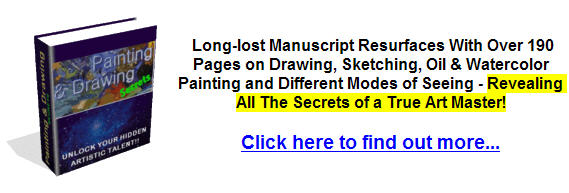Different Techniques to Apply Oil Paint
For roughly 150 years, ready to use paints have been around and made easily available in the market. Before this, combining paints to get the preferred colors was a tedious procedure. It was difficult and usually performed by the experts only. However, ready to use paints accessibility has brought an easier painting means to the world of artists. Worldwide, artists have the exposure to various paints and different ways of painting. The character and quality of paints largely influence the quality, nature color and a feel of a final painting, along with application procedures. Nowadays, oil paints are a flexible painting medium offering different painting techniques and results. You can spread them in lean clear glazes or washes. Additionally, you can also combine it to a heavy evenness using a painting knife. Ultimately, the right color choices are the answers coupled with great painting techniques lead to outstanding pieces of art. Dry brushing It entails having the oil paint dispensed right from the tube to the paint pallet, where you use a dry brush to apply paint on the canvas. This approach is ideal on canvas with minor feel and allows the absorption of the paint depending on the tone of the canvas. The results will be broken color appearances and will show the canvas backdrop color clearly. Toned canvas painting It is notable that not every area of the canvas requires toning. Ideally, if the backdrop is not white, then a toned canvas is essential. Canvas toning is spreading a color ahead of the painting process. It can be a foundation, where you use a neutral color for procedural application. You can achieve this by mixing yellow ochre to burnt umber, and thin down with turpentine. For exceptional results, thin the paint prior to applying it to the canvas. You should start with a thin layer of paint first since you can thicken the combination over the thin coat for darkening purposes. During toning, use a big bristled brush to create a muddled model. Let the paint dry for a few minutes before wiping the canvas with a spotless fabric, which is going to help mix the colors and eliminate the brush overlaps. This is also known as direct painting, which painters seek in different ways since they must complete the painting in one session. When painting, do not let the paint dry, because it gets hard. Applying this wrongly will result in a mess. For competency, carry out this procedure repeatedly. Painting Knives Painting knives give your paints a fresh element. To get firm distinct lines on your art piece, knives come in handy. They are suitable for developing constructions, tree trunks, brushwood, fence posts, and mount ridges and other effects. Painting knifes can also be applicable for enhancing feel and a line’s deepness. Whilst using the knives, aim at blending spreadable paints into a fine content. Knife painting techniques can be akin to buttering a toast. Additionally, you can also utilize the knife to get rid of extra paint off the canvas. Remember, a palette knife cannot be an alternative for a painting knife. Palette knives are not adjustable unlike painting knives where they are adjustable for any modifications to suit your needs. To use this knife effectively, you need to learn to manage your hand. Stressing on the grip and cutting edge will result in various outlines. Glazing Technique When you perform the oil paint glazing technique, take note that this is completely different from brush painting with oil paints. With regular painting, they artist simply mixes the colors on the palette to get the colors they desire. However, with glazing, you apply the initial color onto the canvas first. For example, you apply a layer of blue, and allow this to dry before adding on another color like yellow to complete the glaze.
| ||
|


Master the Colours DVD...

|
Although every attempt has been made to make information as accurate as possible, we are not responsible for any errors that may appear.
© Copyright 2015, OilPaintingTechniquesLessons.com. All Rights Reserved.





